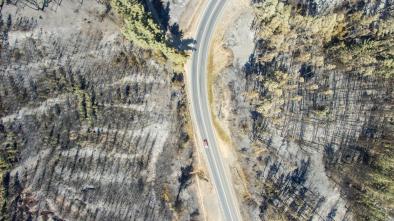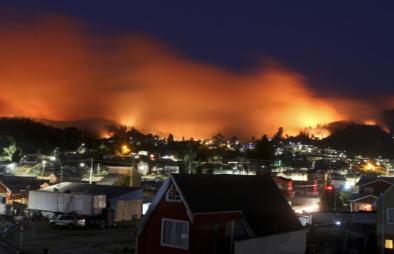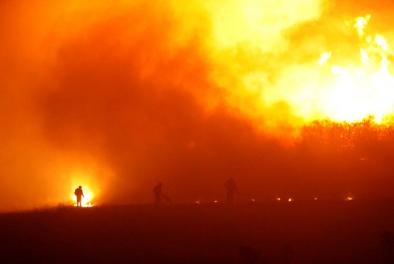Science Source
Regional cooling in a warming world: Recent temperature trends in the southeast Pacific and along the west coast of subtropical South America (1979–2006)
- Characterizes the spatial pattern, including vertical structure, of temperature trends along the subtropical west coast of South America (continental Chile) for the period 1979–2006 and examines their consistency with expectations based on the CMIP-3 ensemble of coupled ocean-atmosphere simulations for the late 20th century
- Finds that, in central and northern Chile (17°–37°S), the most notable feature is a strong contrast between surface cooling at coastal stations (−0.2°C/decade) and warming in the Andes (+0.25°C/decade), only 100–200 km further inland
- Finds that coastal radiosonde data imply that the coast-Andes variation is largely due to strong vertical stratification of temperature trends in the atmosphere west of the Andes
- Finds that the coastal cooling appears to form part of a larger-scale, La Niña-like pattern and may extend below the ocean mixed layer to depths of at least 500 m
- Finds that, over continental Chile the CMIP-3 GCM ensemble predicts temperature trends similar to those observed in the Andes
- States that the cooling along the Chilean coast is not reproduced by the models, but the mean SST warming is weaker there than any other part of the world except the Southern Ocean
- Proposes that the intensification of the South Pacific Anticyclone during recent decades, which is also a simulated consequence of global warming, is likely to play a major role in maintaining cooler temperatures off the coast of Chile
Related Content
Headline

Feb 2, 2017 | NPR.org
U.S. Increases Firefighting Aid To Chile As More Than 70 Blazes Rage
Real Time Data

Feb 1, 2017 | Global Forest Watch | NASA
Global Forest Fire Map
Headline

Feb 1, 2017 | AccuWeather
Worst wildfires in Chile's history continue to burn
Headline

Feb 1, 2017 | robertscribbler
Chilean Wildfires are Worst to Ever Strike the Country


